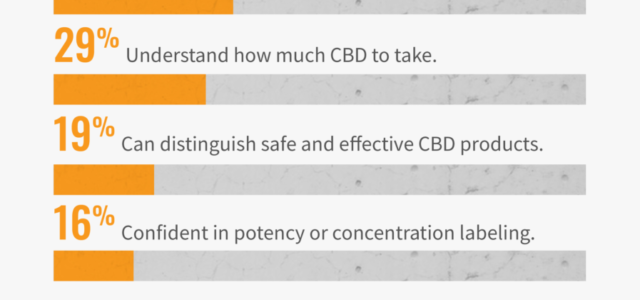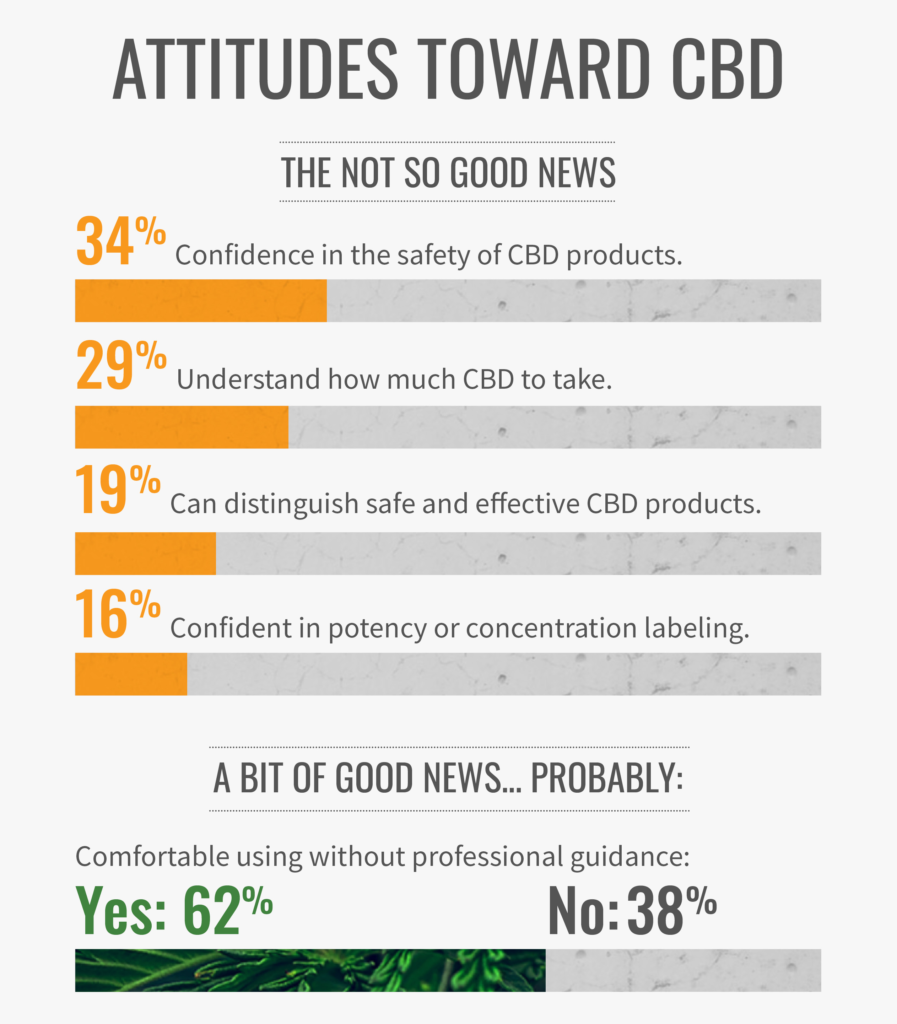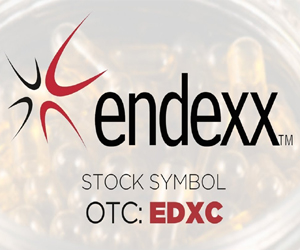Closing the Gaps In CBD Products: Where to Focus On Consumer Understanding
CBDMarijuana Industry News October 22, 2019 MJ Shareholders 0

Americans are consumed by fads in food, drink, and wellness. We swing from one subject of fascination to another: antioxidants, açai, resveratrol, fat free, healthy fats, active cultures, spiked seltzers, organic, biodynamic, anything free range, you name it.
This does necessarily set CBD apart from other trends (or perhaps fads?) in consumer goods, but hitting the mainstream radar – after years of being an unknown quantity to many outside a relatively small circle of adherents – so fast and so hard puts CBD in the upper echelon. Owing to prohibition, the potential of CBD is still somewhat unknown and the future scale of what’s starting to be known as the CBD industry is unpredictable. Too many consumers, including those using CBD today, poorly grasp the nature of CBD, lack any precise understanding of how CBD works and what it does, and express significant concerns about safety. Worse yet, we may be witnessing an explosion of misunderstanding and misinformation as an epidemic of lung injuries continues across the US. And while the roots of the epidemic have yet to be fully grasped, even trailblazers for the CBD cause have been implicated, further contributing to uncertainty.
Yet forecasts place the CBD market at $15-20 billion by 2025. (For sake of comparison, the market for anxiety and depression treatment medications is approximately $18 billion today.) Sales of CBD will supposedly net out close to $5 billion in 2019. That new users will drive that growth should be obvious. But the assumptions behind the growth projections may prove faulty if certain basic issues can’t be adequately addressed.
My market research firm – High Yield Insights – set about trying to understand the consumers adopting CBD and the mindset of current users. We collected the usual data: who is using CBD, for how long, when and at what frequency, why is the consumer using CBD and how. We also wanted to understand the potential consumer. What would tip a consumer from intrigued observer to everyday user? We found a fascinating mix of contradictions: passionate belief backed up by little knowledge combined with startling distrust.
Consider this: 80% of current users believe CBD can address physical or mental health issues or both. Belief in the efficacy of CBD is not a question. Contrast that with how consumers view the safety of CBD products: only one-third of current users are confident CBD products are safe, and a mere 16% feel the same about the accuracy of product labels.
As a result, consumers are left in an unenviable position: a potentially beneficial, if not life-altering and in some cases life-saving, medication of sorts is now available on the market with too few touchstones of trusted information. Particularly in light of the vaping disaster unfolding in the United States, questions surrounding critical issues like safety and accurate labeling need good answers. If our findings help quantify and highlight those gaps – be it real or perceived, it is a matter of consumer mindset – then all the better.
MJ Shareholders
MJShareholders.com is the largest dedicated financial network and leading corporate communications firm serving the legal cannabis industry. Our network aims to connect public marijuana companies with these focused cannabis audiences across the US and Canada that are critical for growth: Short and long term cannabis investors Active funding sources Mainstream media Business leaders Cannabis consumers












No comments so far.
Be first to leave comment below.